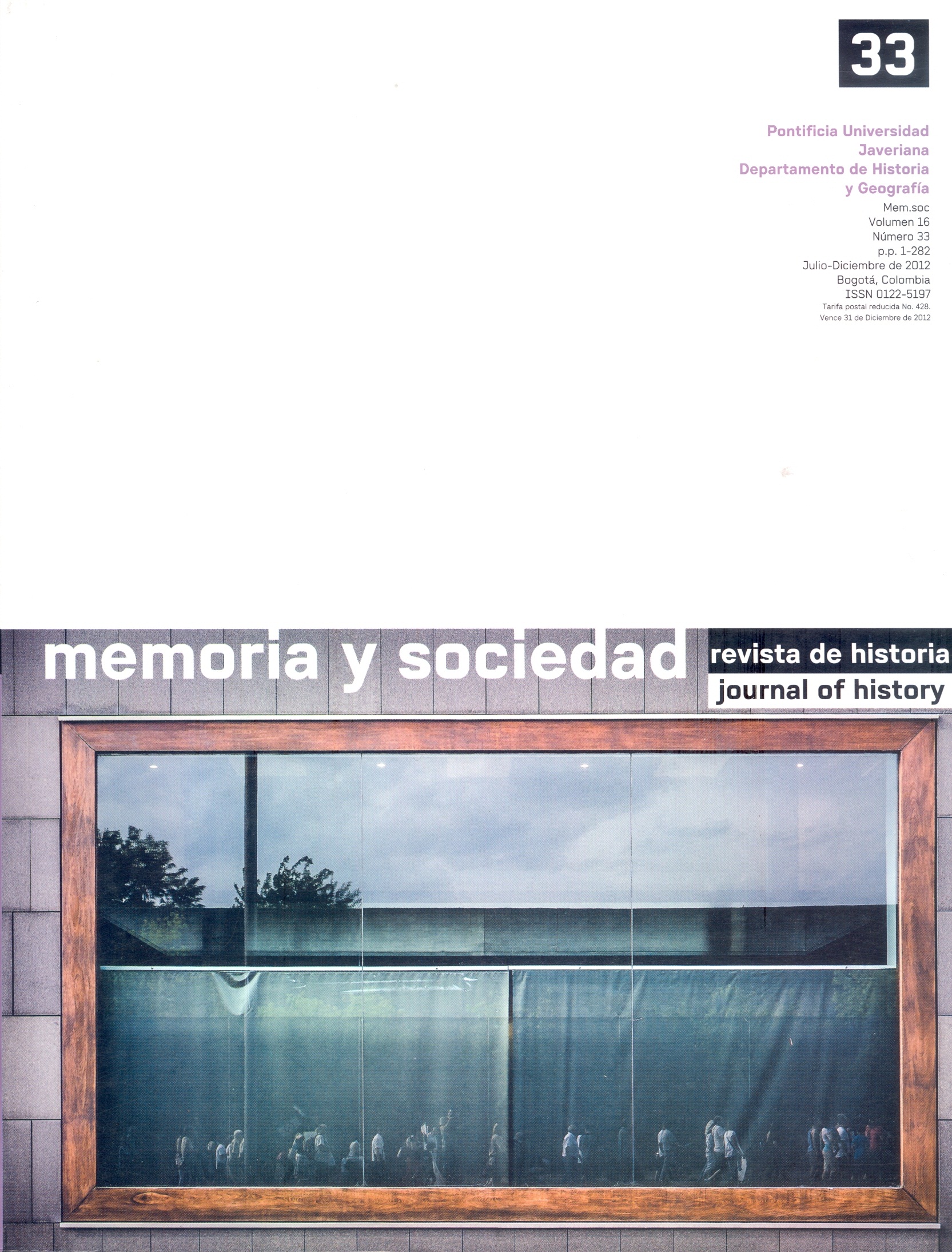Abstract
This article offers a reflection about using the Fairy Tales as an historic document. It talks about how the of story, and the society that write it, in order to analyze moral role when themes like vice and virtue in individuals appeared. This type of story telling is contrast with the respective North American Cinderella cinematographic adaptation to show how the vice and virtue theme is display in the female models from four cinematographic shorts and six full length movies from the USA dated from 1936 to 2007.This research looks forward to present the relationship between filmic adaptation with the written tradition version of the story, and the transformation that the image of women in the 20th Century has undergo from the Cinderella character.
The journal Memoria y Sociedad is registered under a Creative Commons Attribution 4.0 International Public License. Thus, this work may be reproduced, distributed, and publicly shared in digital format, as long as the names of the authors and Pontificia Universidad Javeriana are acknowledged. Others are allowed to quote, adapt, transform, auto-archive, republish, and create based on this material, for any purpose (even commercial ones), provided the authorship is duly acknowledged, a link to the original work is provided, and it is specified if changes have been made. Pontificia Universidad Javeriana does not hold the rights of published works and the authors are solely responsible for the contents of their works; they keep the moral, intellectual, privacy, and publicity rights.
Approving the intervention of the work (review, copy-editing, translation, layout) and the following outreach, are granted through an use license and not through an assignment of rights. This means the journal and Pontificia Universidad Javeriana cannot be held responsible for any ethical malpractice by the authors. As a consequence of the protection granted by the use license, the journal is not required to publish recantations or modify information already published, unless the errata stems from the editorial management process. Publishing contents in this journal does not generate royalties for contributors.

